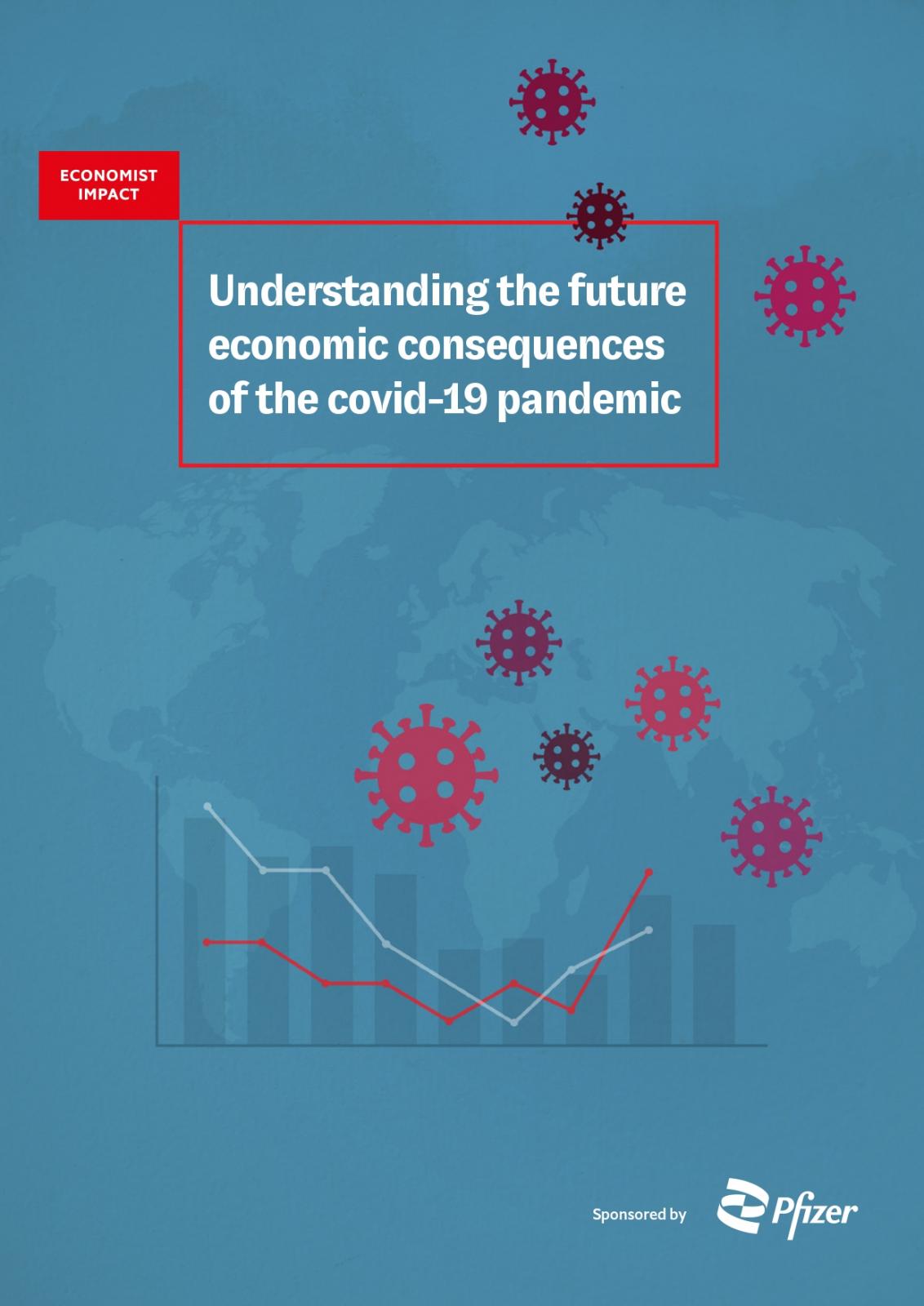The covid-19 pandemic cannot be seen solely as a global health crisis; the impact on the health, livelihoods and functioning of individuals and global economies deems it a humanitarian and economic crisis. It is estimated that an additional half a billion people have fallen into poverty due to the pandemic [1]. In addition to the significant loss of life—the number of deaths has reached over 6.7m—the destruction of industries and broadscale impacts on healthcare systems globally demonstrates the extensive impact of the pandemic at all levels of society [2].
Transmission of SARS-CoV-2 (the virus which causes covid-19) across communities persists despite significant efforts and investment to stop the virus in its tracks. By the end of November 2022, over US$4trn had been invested in response and recovery packages in the US alone, through the Coronavirus Aid, Relief and Economic Security (CARES) Act, supplemental legislation and the American Rescue Plan Act [3]. Alongside direct medical costs, indirect costs attributed to the spread of the virus include disruption to millions of children’s education, unemployment, lost earnings and lost economic output [4]. The pandemic has resulted in global economic shifts, responsible for one of the largest global recessions since the second world war. In addition to the 2020 stock market crash (the largest stock market decline since the financial crisis of 2007-08), economies faced a global supply-chain crisis, global panic buying and price gouging [5].
While many reports have highlighted the current and historic economic consequences of the pandemic to date, fewer studies have explored potential future impacts of covid-19 from a global perspective. Estimating the potential future impact of persistent covid-19 in a global context will enable governments, multilateral organisations, individuals and civil society to better prepare and take action to minimise the consequences of ongoing covid-19 challenges and other future health emergencies. The aim of this study is to quantify the future economic implications of ongoing covid-19 transmission by considering the following research questions:
- What is the future economic impact of persistent transmission of SARS-CoV-2 as a result of mortality and morbidity within the working-age population?
- How does sustained covid-19 infection impact different labour markets?
- How do labour market disruptions as a result of covid-19 feed into broader economic impacts (for example, economic output and gross domestic product—GDP)?
- What factors influence the magnitude of covid-19 at a country level?
Through an evidence review, model and series of in-depth interviews, this study explores the estimated economic impact of covid-19 in a future where the virus persists globally. It focuses on the impact of covid-induced mortality or morbidity to the working-age population. Recognising that the virus has varying effects on countries driven by a series of country-specific factors, Economist Impact has identified four distinct country archetypes to assess the potential impacts across a range of countries. The model forecasts impacts for each archetype under three hypothetical scenarios: a baseline scenario which assumes that 2022 infection rates will continue through 2025, and optimistic and pessimistic scenarios where 2022 covid-19 infection rates decrease or increase, respectively, by 10% in 2023 and remain at that level through 2025.*
The research gives rise to several key findings:
- Countries characterised by both high infection rates and high productivity levels are likely to experience the greatest economic losses. For a reference country characterised by high infection rates and high productivity levels, this analysis forecasts potential GDP losses in 2025 between 0.76% in the base case scenario and almost 1% in a pessimistic scenario. In a country the size of the UK, this could imply a loss of up to US$ 25bn. Comparatively, a reference country with low infection rates and productivity levels might lose between 0.019% to 0.023% of its GDP (around US$ 1bn for an economy the size of the UK).
- Without measures in place to suppress infection rates, SARS-CoV-2 infection could continue to have substantial impacts on economies. Even in an optimistic scenario, some groups of countries (those with high infection rates and high productivity rates) could see GDP loss of over 0.75% in 2025, suppressing economic growth and development. This analysis sheds light on these potential impacts highlighting the need for continued action and efforts by governments and policymakers. In addition, country-specific factors, such as productivity rate, adherence to control measures, extent of mitigation efforts and the implementation of fiscal support programmes, strongly influence the economic impact of sustained covid-19 infection rates.
- Measures to reduce the severity of illness caused by the infection can play an important role in minimising the economic consequences across all countries, but particularly those with higher infection rates. The model forecasts the loss to GDP based on the productive hours of work that are lost due to covid-19 infection. The findings from the literature review suggest that the majority of work hours lost to covid-19 are associated with acute symptomatic covid-19 infection and the post-acute sequelae of SARS-CoV-2 infection (long covid) rather than covid-related deaths and exit from the workforce. Therefore, global and national measures to reduce the severity of illness from levels that force people infected by covid-19 temporarily out of work can help to mitigate against some of the potential economic impacts of persistent infection.
This study seeks to quantify how the virus may continue to impact global economies, and explores how actions to mitigate economic impact, control infection alter the overall economic impact of sustained infection rates. The report offers considerations for governments and policymakers to reduce the economic and societal impact of future health emergencies by considering actions to boost resilience and reduce the vulnerabilities of economic systems, all critical components for stronger responses to future global emergencies.
* 2022 Infection rates were sourced from covid-19 estimates modelled by the Institute for Health Metrics and Evaluation (IHME). IHME forecasts country infection rates, among other indicators, using a hybrid model that is “grounded in real-time data.”
Download White Paper
[1] World Health Organization. More than half a billion people pushed or pushed further into extreme poverty due to health care costs. Available from: https://www.who.int/news/item/12-12-2021-more-than-half-a-billion-people-pushed-or-pushed-further-into-extreme-poverty-due-to-health-care-costs
[2] Mathieu E, Ritchie H, Rodés-Guirao L, et al. Coronavirus pandemic (covid-19). Available from: https://ourworldindata.org/coronavirus
[3] USASpending. The federal response to covid-19. Available from: https://www.usaspending.gov/disaster/covid-19?publicLaw=all
[4] Appleby J. The public finance cost of covid-19. BMJ 2022; 376 :o490.
[5] World Bank. Covid-19 to plunge global economy into worst recession since World War II. Press release. 2020 Jun 8. Available from: https://www.worldbank.org/en/news/press-release/2020/06/08/covid-19-to-plunge-global-economy-into-worst-recession-since-world-war-ii






